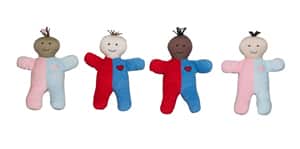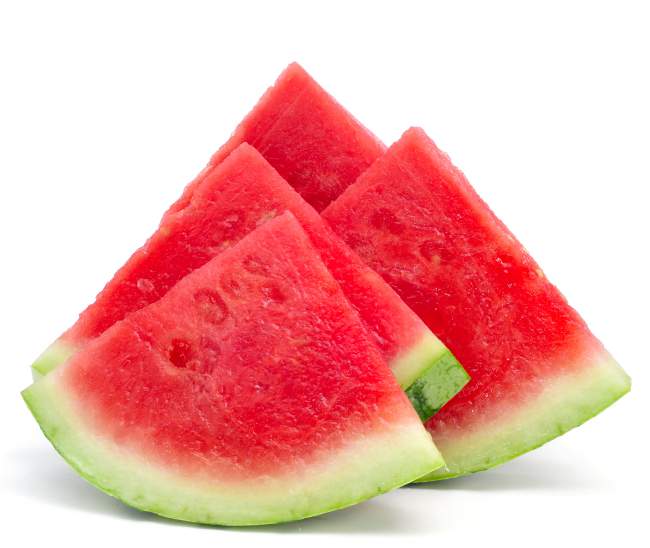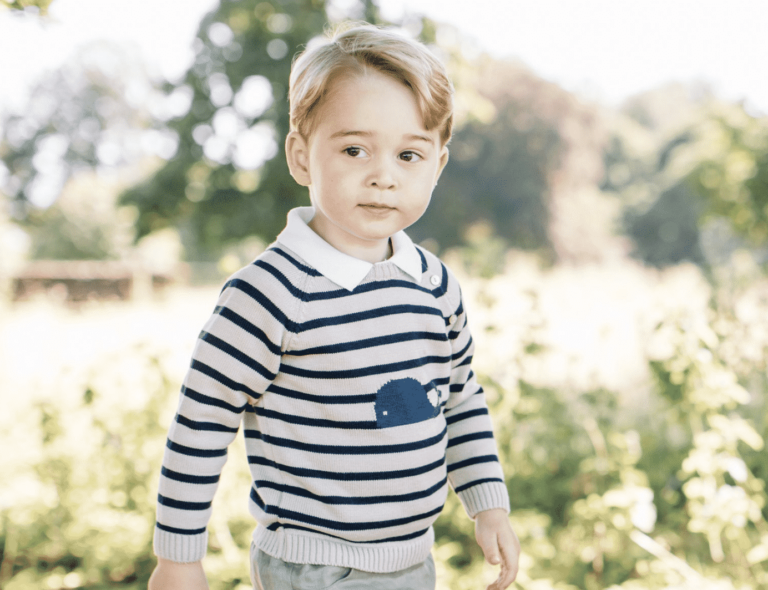Dolls Of Different Races Required At Daycare Centers


Some of the proposed rules (98 pages of them) include:
- Offering dolls in at least three different races.
- Not restricting boys and girls to gender-specific role playing.
- Prohibiting teachers from eating fast food in front of the children.
- Not serving sweetened drinks or whole milk to kids over 2 years old except with a doctor’s note.
- Food items, glitter, shaving cream, cotton balls and googly eyes are prohibited as potential choking hazards.
- Toddler and infant classrooms must have a minimum of 10 pieces of each art material (such as 10 crayons, 10 paint brushes, etc).
- Classrooms must have at least 10 visual displays scattered throughout room, with two “representing nature realistically” and two “presenting diversity in a positive way.”
While many of the rules seem sensible I know I’d feel confident sending my child to a daycare center with these types of regulations childcare providers are worried about the state prohibiting them from making common-sense decisions. “The problem comes in when the rules and regulations become so one- size-fits-all, focused on quality rather than health and safety,” Weld County childcare operator Sandy Bright told the Denver Post.
Others say the state has reached a whole new level of micro-management. Early Childhood Education Association of Colorado lobbyist Cindy Sovine, for instance, tells the Denver Post that many of the rules are not supported by academic research: “It’s like dictating to restaurants what they’ll serve on the menu and the ingredients in the items, when they already have to comply with health and safety rules.”
(Photo: childrensfactory.com)





